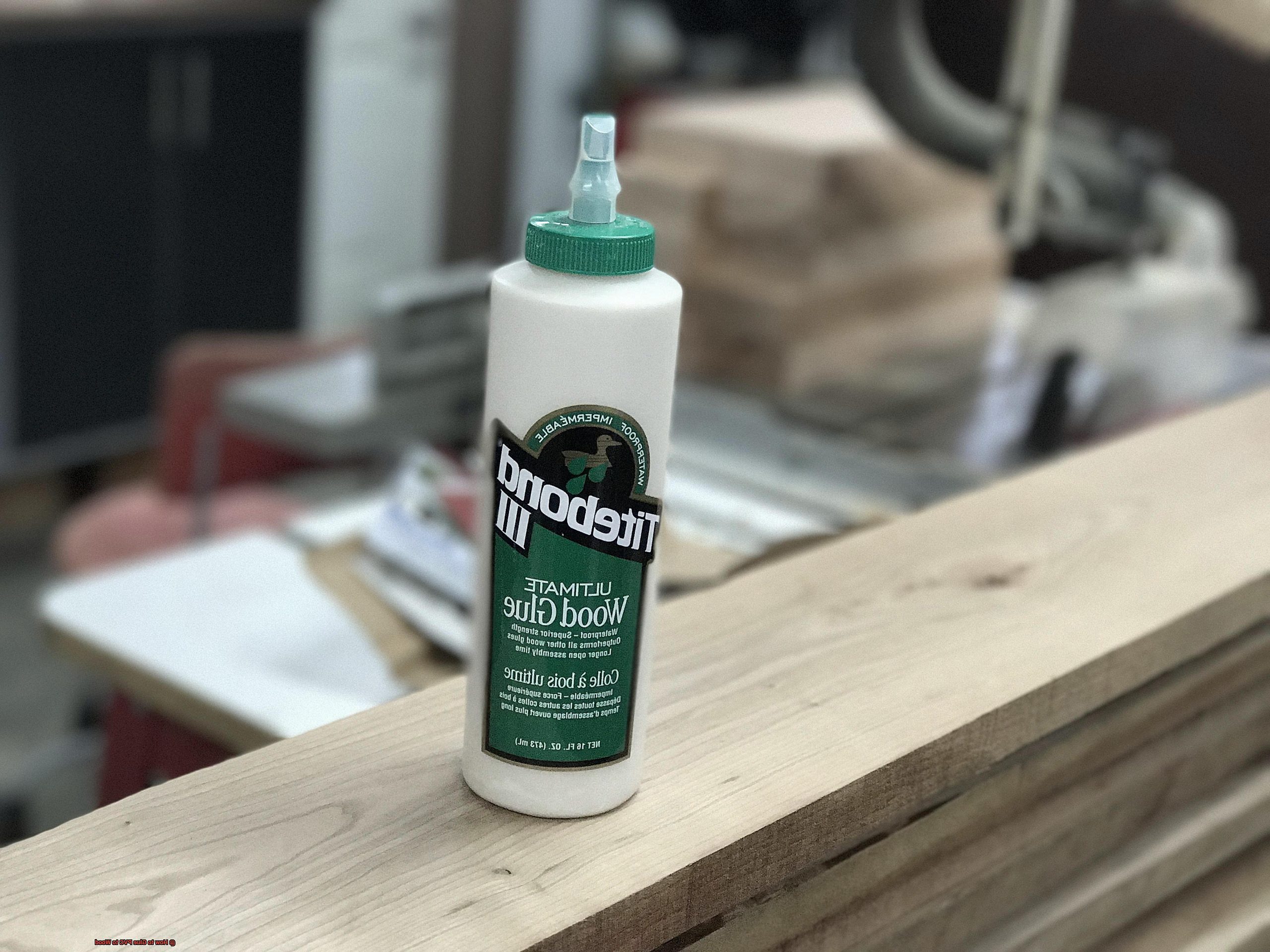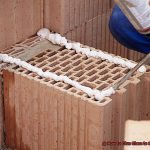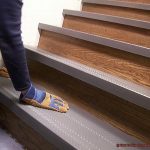Are you looking for a strong and long-lasting bond between PVC and wood? Glue is the answer. Gluing PVC to wood is an easy and reliable way to join the two materials together. With the right technique, you can glue PVC to wood for a variety of projects.
First, wipe down both surfaces with a damp cloth to remove any dirt, smoke or debris that could damage the bond. Then, apply a coat of primer to both surfaces before applying the adhesive. This will help create a strong bond.
Next, select an adhesive specifically designed for this purpose. A two-part epoxy or polyurethane adhesive will produce the strongest and most durable bond. Apply liberally over both surfaces that are being glued together, ensuring all areas are evenly coated with adhesive. Let it dry for about 30 minutes before attaching the two pieces together.
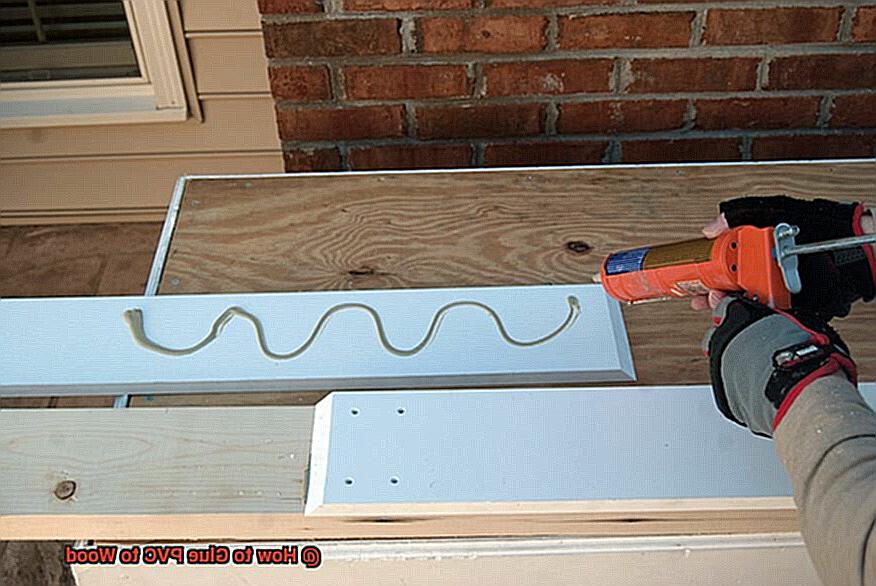
Finally, press the two surfaces together and secure them in place until they have bonded completely – usually within 24 hours. After completion, your newly attached PVC and wood will be ready to use. You can easily glue PVC to wood with these simple steps.
What is PVC?
Contents
Polyvinyl Chloride (PVC) is a form of plastic that is commonly used in construction and other industrial applications. It is both robust and resilient, making it an ideal choice for many projects. What’s more, it’s easy to work with – you can cut and shape it into whatever you need.
PVC also has excellent moisture resistance, making it perfect for outdoor projects. From decks and patios to playgrounds and gardens, PVC can handle any kind of weather conditions. In addition, PVC is often used in plumbing due to its ability to withstand high water pressure.
When gluing PVC to wood or other items, there are several types of adhesives that can be used. Wood glue is the most popular adhesive used because it creates a strong bond that will last for years. Liquid nails can also be used but should only be applied in areas where the joint will not be exposed to water or moisture.
Epoxy glue can also be employed but takes more time and effort to apply and won’t form as strong of a bond as wood glue or liquid nails.
Types of Glue for Gluing PVC to Wood
With so many glue options available, it can be hard to know which one is right for your project. Fortunately, there are several types of glue that are suitable for this task.
Liquid nails is an excellent option when gluing PVC to wood. It has been specifically designed for use with these two materials and will provide a secure bond that will last for years.
Wood glue is also a great choice, and when used correctly, will provide a strong connection between the two materials. Epoxy is another popular option, although it does require more time and effort to apply properly. Super glue should not be used as it does not create a strong enough bond between the two materials.
When applying the adhesive, it’s important to make sure that both surfaces are clean and free of dust or debris before applying the adhesive. Apply the adhesive in one layer on each surface and allow it to fully dry before attempting to join them together.
Once the adhesive has set, press the two pieces firmly together until they are secure.
Preparing the Surfaces for Gluing
Gluing PVC to wood is an essential part of many projects, and the success of your project depends on properly preparing the surfaces for gluing.
To ensure that the bond between the two materials lasts for years, start by making sure both surfaces are clean and dry. Use a degreaser, soap, or oil to remove any dirt, grease, or oil from the surfaces.
Sanding the surfaces lightly with fine grit sandpaper will also create a better bonding surface. If you’re using liquid nails, apply a thin layer of adhesive to both surfaces and let it dry according to the manufacturer’s instructions before joining them together.
For wood glue, apply an even coat to one of the surfaces only and let it dry as directed before joining them together.
Additionally, you may need to roughen up the surface of PVC with a scouring pad or sandpaper if desired for improved adhesion when gluing PVC to wood.
Applying the Adhesive
When it comes to joining PVC and wood, adhesive is essential for a lasting bond. To ensure your project will stand the test of time, it’s important to properly prepare the surfaces before applying the adhesive.
Start by thoroughly washing and drying both surfaces with a degreaser, soap, or oil to remove any dirt, grease, or oil. Use fine grit sandpaper to smooth out any uneven surfaces and create a more cohesive bonding surface.
Once you’ve prepped the surfaces, it’s time to apply the adhesive.
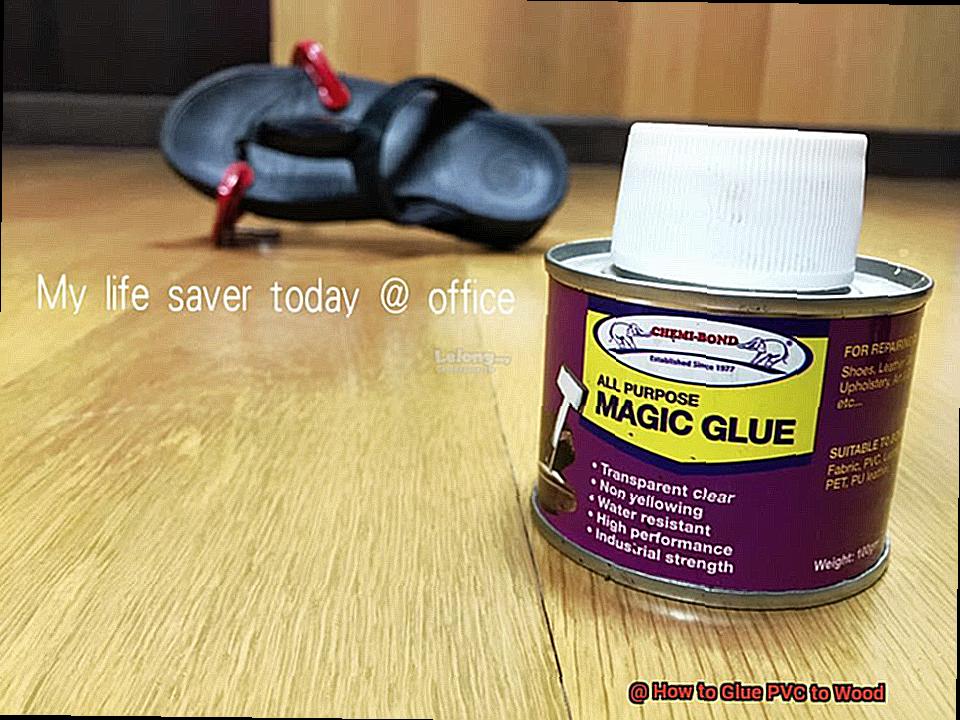
Apply an even layer of adhesive to both PVC and wood surfaces using a brush or roller. Make sure that all surfaces are clean and free of dirt, dust and debris before applying the adhesive. Allow the adhesive to dry for the amount of time recommended by the manufacturer before joining them together.
Carefully place your PVC onto your wood surface and press firmly into place until solid.
Joining the PVC and Wood Together
Creating a lasting bond between PVC and wood doesn’t have to be complicated. All you need is the right materials and a few simple steps to join them together.
Start by ensuring both surfaces are clean and free of any dirt, dust, or debris. To achieve this, use a degreaser, soap, or oil, and fine-grit sandpaper to remove any grease or dirt.
Once both surfaces are prepped, apply a thin layer of liquid nails adhesive. Make sure the adhesive is evenly distributed over both pieces with no air bubbles present. Allow the adhesive to dry according to the manufacturer’s instructions before joining them together.
Press the PVC onto the wood firmly and hold it in place for several minutes until it adheres. If necessary, use clamps to secure the joint until it completely dries.
Tips for Working with PVC and Wood
If you’re designing a plumbing project or making furniture, it’s essential to know how to join these two materials together properly. Here are some tips and tricks to help you get started.
Always Wear Protective Gear
When working with PVC and wood, it’s important to wear the right protective gear such as gloves, goggles, and a respirator.
Clean Surfaces
Before gluing them together, make sure both the wood and PVC surfaces are clean and free of dirt and debris.
Choose the Right Adhesive
For bonding PVC to wood, choose a high-quality adhesive specifically designed for this purpose such as liquid nails or Gorilla Glue.
Apply Evenly
Spread the adhesive evenly over both surfaces to ensure a secure bond between them.
Allow Time to Dry
Allow the glue to dry completely before handling or using the pieces, and if necessary, use clamps or weights to hold them together while the glue dries.
Sand Down Edges
Sand down any rough edges on either surface before gluing them together for a smoother finish.
Troubleshooting Common Issues when Gluing PVC to Wood
Gluing PVC to wood can be a tricky task, but with the right know-how and preparation, you can create a strong and lasting bond. Here are some tips for troubleshooting common issues when attaching PVC to wood.
First, make sure the surfaces are clean and free of dirt, dust, and debris before attempting to glue them together. This is essential for ensuring that the adhesive sticks properly.
When using liquid nails, apply it evenly and not too thick or thin. If using wood glue, use it generously and let it cure for at least 24 hours before testing the bond strength.
For epoxy glue, mix the two parts together thoroughly before applying it to the surfaces. Make sure there is no gap between the surfaces when gluing them together as this may result in an uneven or weak bond.
Additionally, if possible, clamp or weight down the pieces while they are drying for a stronger bond.
Conclusion
Gluing PVC to wood can be daunting, but with the right knowledge and techniques, you can create a strong, lasting bond. Sanitize both surfaces of dirt, grease, or oil before applying a single coat of adhesive.
Choose the right glue for the situation: liquid nails for areas that won’t be exposed to water or humidity, and epoxy glue for extra strength. Clamp or weight the pieces while drying to ensure a strong bond.

